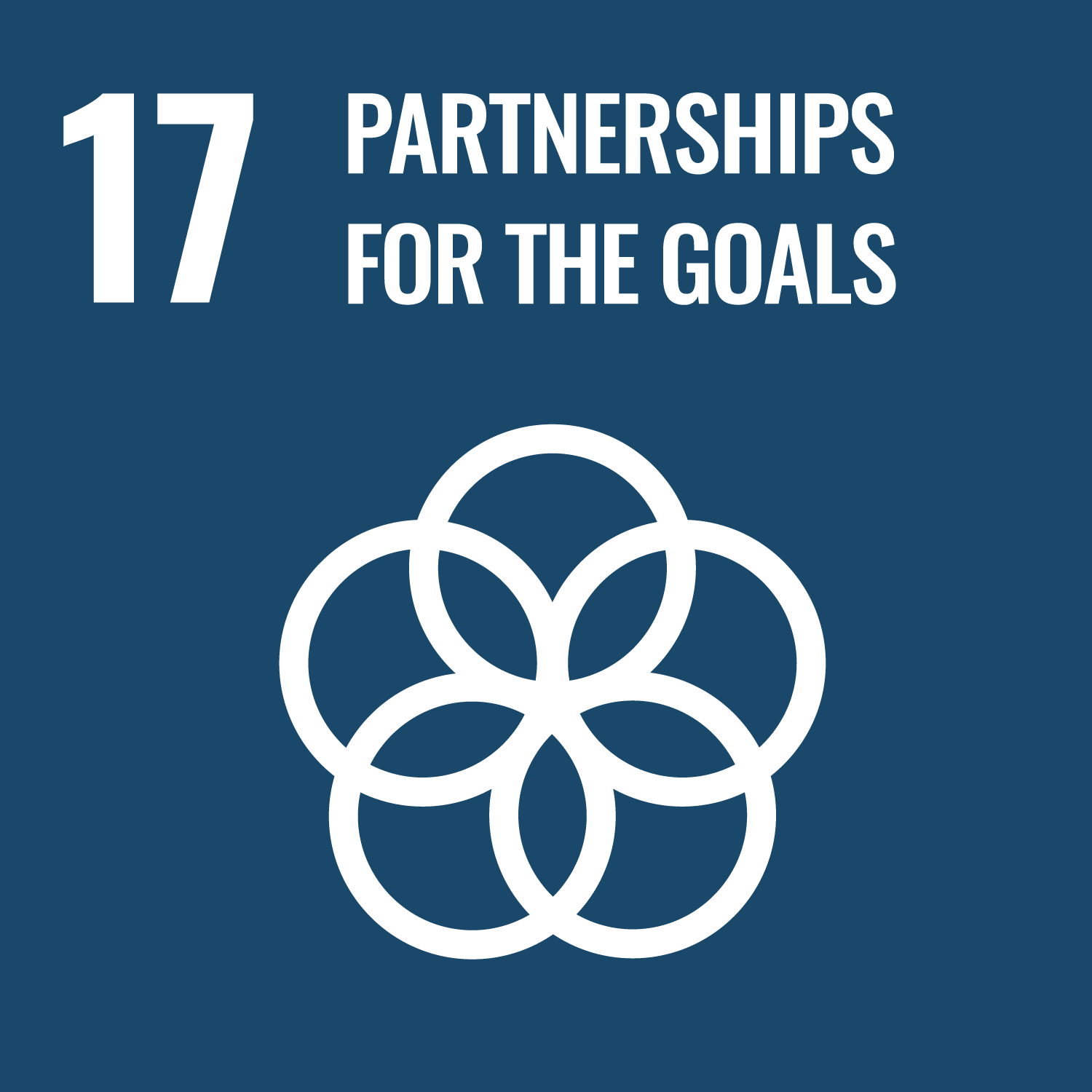Image processing is indispensable for various fields, including industry, natural science, entertainment, and so on. This
class, Digital Media Processing 1, introduces basic image-processing techniques such as digital image acquisition, filtering,
and geometric transform. For most of algorithms presented in class, interactive demonstrations with source codes (python)
will be provided to support your deep comprehension.
To learn various basic algorithms for image processing, including convolution filtering, Fourier transform, affine transform,
deconvolution. To improving programing skills through python programing exercises for image processing.
Lecture notes are available at takashiijiri.com.
Lecture videos are also available at Scomb system.
Lecture notes are available at takashiijiri.com.
Lecture videos are also available at Scomb system.
- Introduction to digital image processing - Goal is that students understand various techniques of image acquisition and can explain them.
- Image filtering - Goal is that students understand basic filtering techniques, such as tone curve, linear and non-linear filters and can explain them.
- Geometric transformation – Goal is that students understand affine transform and interpolation and can explain them.
- Image compression – Goal is that students understand and explain basic information theory and image compression algorithms.
- Programing assignments - Goal is that students write programs of various basic image processing algorithms in python.
| Class schedule | HW assignments (Including preparation and review of the class.) | Amount of Time Required | |
|---|---|---|---|
| 1. | Introduction 1: Digital image, sampling and quantization | Review the lecture and prepare the next one by checking online lecture note. | 200minutes |
| 2. | Introduction 2: Digital camera, human vision, color | Review the lecture and prepare the next one by checking online lecture note. | 200minutes |
| 3. | Filtering 1: tone curve, linear filters | Review the lecture and prepare the next one by checking online lecture note. | 200minutes |
| 4. | Filtering 2: non-linear filters, halftoning | Review the lecture and prepare the next one by checking online lecture note. | 200minutes |
| 5. | Filtering 3: DFT, frequency filters | Review the lecture and prepare the next one by checking online lecture note. | 200minutes |
| 6. | Programming exercise (PC room): Introduction to python | solve assignments | 200minutes |
| 7. | Programming exercise (PC room): | solve assignments | 200minutes |
| 8. | Programming exercise (PC room): | solve assignment | 200minutes |
| 9. | Programming exercise (PC room): | solve assignment | 200minutes |
| 10. | Programming exercise (PC room): | solve assignment | 200minutes |
| 11. | Geometric transform : affine transform and image interpolation | Review the lecture and prepare the next one by checking online lecture note. | 200minutes |
| 12. | Convolution and deconvolution | Review the lecture and prepare the next one by checking online lecture note. | 200minutes |
| 13. | Image compression | Review the lecture and prepare the next one by checking online lecture note. | 200minutes |
| 14. | Examination. | prepare for the examination | 200minutes |
| 15. | |||
| Total. | - | - | 2800minutes |
| exam | programing assignment | minute paper | Total. | |
|---|---|---|---|---|
| 1. | 15% | 5% | 3% | 23% |
| 2. | 15% | 10% | 3% | 28% |
| 3. | 15% | 10% | 4% | 29% |
| 4. | 20% | 20% | ||
| Total. | 45% | 45% | 10% | - |
CG-Arts協会(画像情報教育進行委員会)『ディジタル画像処理[改訂新版] 大型本』 (in Japanese).
All the lecture notes will be uploaded at takashiijiri.com/classes/ about one week before the lecture. I recommend you to check them in advance.
All the lecture notes will be uploaded at takashiijiri.com/classes/ about one week before the lecture. I recommend you to check them in advance.
Recommend you to make a study plan based on this syllabus and online lecture notes (takashiijiri.com/classes/).
- Course that cultivates a basic problem-solving skills
- Course that cultivates an ability for utilizing knowledge
| Work experience | Work experience and relevance to the course content if applicatable |
|---|---|
| N/A | N/A |


- 4.QUALITY EDUCATION
- 17.PARTNERSHIPS FOR THE GOALS
Last modified : Sat Mar 21 12:29:54 JST 2020

